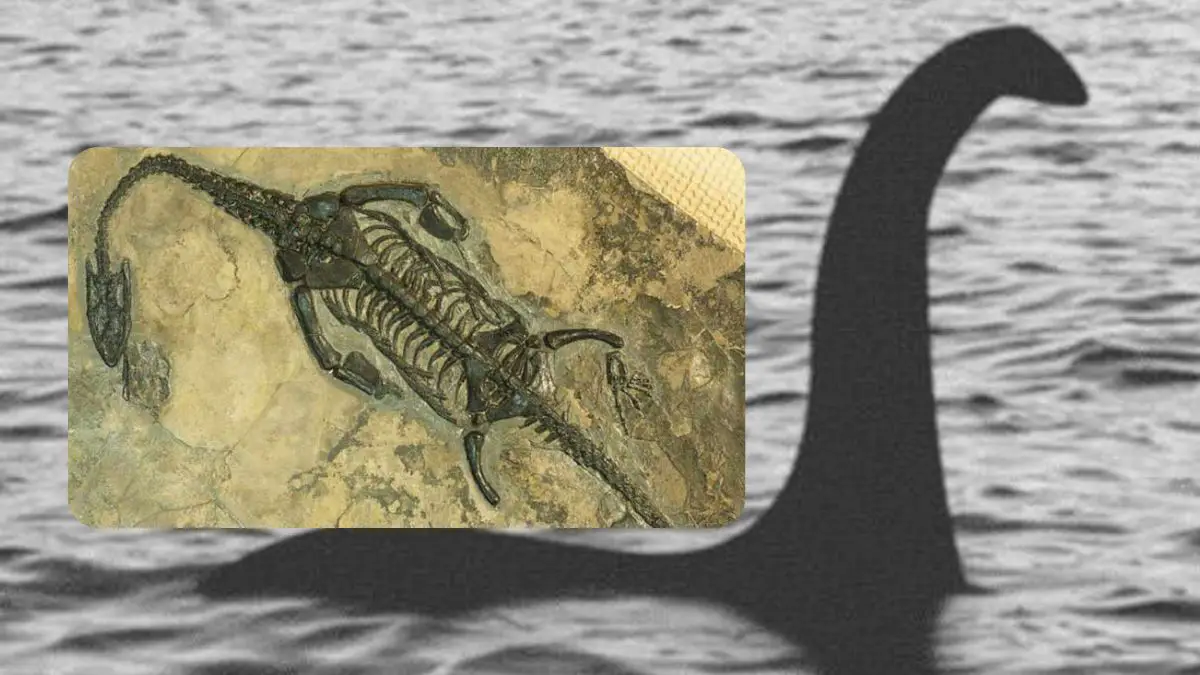Animals
Scientists Say Loch Ness Monster Might Actually Be Real After New Fossil Discovery
The legend of the Loch Ness Monster might not be fictional.

According to scientists, the hypothesis that a so-called Loch Ness Monster could have existed in the Scottish Highlands may not be as absurd as previously thought.
A plesiosaur—a prehistoric reptile with a long, slender neck—may have previously been in Loch Ness, a Scottish lake, according to new research from the University of Bath published on July 21 in the journal Cretaceous Research. Based on their discoveries, they say that the legend of the Loch Ness monster might not actually be fictional.
The statement follows the discovery of plesiosaur fossils in a 100 million-year-old river system in Morocco’s Sahara Desert, suggesting that the reptiles may have lived in freshwater as well as seawater, contrary to earlier theories.
Similar to concerns about Big Foot, scientists have typically always condemned the idea that the Loch Ness monster might genuinely exist. The debunkers have frequently argued that plesiosaurs, which resemble the supposed creature’s popular depiction, could not exist in the freshwater lake because scientists thought they needed a saltwater environment to survive.
However, these new fossils indicate plesiosaurs could’ve actually existed where the legend of the Loch Ness Monster lives because they were found in a freshwater river. The paper suggests that plesiosaurs adapted to tolerate freshwater and that many may have spent the majority of their lives in it.
“It’s a bit controversial, but who’s to say that because we paleontologists have always called them ‘marine reptiles’, they had to live in the sea?” said Dr. Nick Longrich of the university’s Milner Centre for Evolution.
“Lots of marine lineages invaded freshwater.”
In the report’s abstract, researchers said their findings show that “plesiosaurs and other marine reptiles frequently exploited non-marine environments.”
“Isolated bones actually tell us a lot about ancient ecosystems and animals in them,” Longrich explained. “They’re so much more common than skeletons, they give you more information to work with.”
“The bones and teeth were found scattered and in different localities, not as a skeleton. So each bone and each tooth is a different animal. We have over a dozen animals in this collection,” he added.
There is still no concrete proof that a plesiosaur or something resembling one used to call Loch Ness home, according to scientists. But given this recent fossil finding, it’s now “plausible” that plesiosaurs lived there for millions of years prior to the arrival of humans.
“The fossil record also suggests that after almost a hundred and fifty million years,” Longrich told BBC, “the last plesiosaurs finally died out at the same time as the dinosaurs.”
Typos, corrections and/or news tips? Email us at Contact@TheMindUnleashed.com
